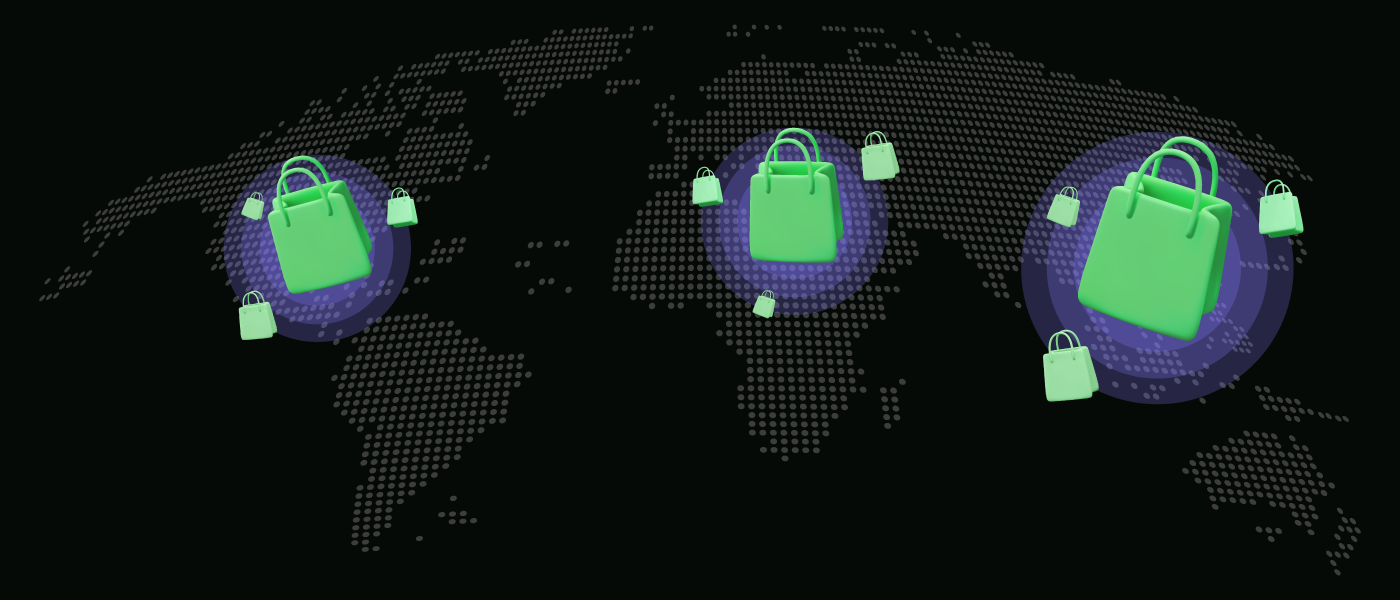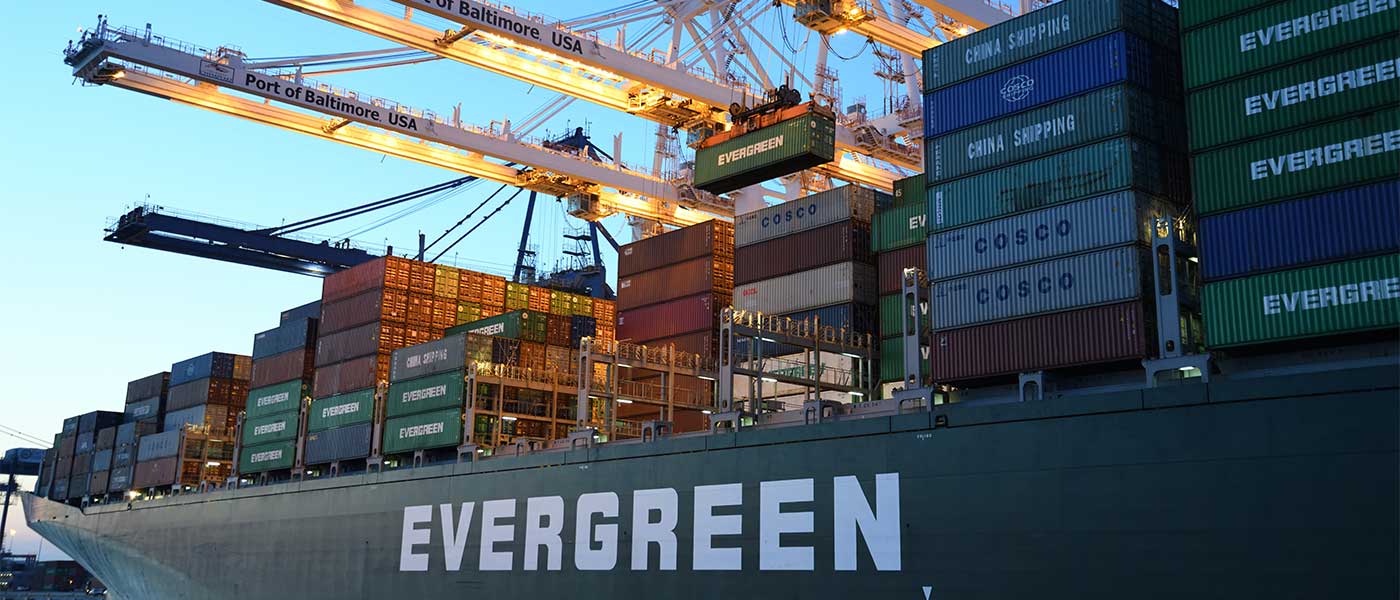In today’s dynamic retail landscape, reaching customers where they are is key to e-commerce success. One recent strategy to remain accessible across different e-commerce shopping platforms and closer to customers is through multichannel distribution.
Singapore, with its tech-savvy population and booming e-commerce sector, presents a perfect landscape for brands to embrace multichannel distribution. This approach allows local businesses to tap into a wider consumer base, enhance customer experience, and shorten fulfillment timelines, and ultimately optimize sales.
This article delves deep into what multichannel distribution is for Singaporean brands. We’ll explore the potential benefits of this strategy, uncover the challenges you might encounter, and provide solutions to overcome them. Additionally, we’ll offer insights on setting up a robust multichannel distribution system specifically tailored to the Singaporean market and inform you on how you can leverage a 3PL to help your multichannel distribution strategy.
What is Multichannel Distribution in Singapore E-commerce?
It’s a strategic approach in which e-commerce businesses leverage a combination of channels, both online and offline, to market, sell, and distribute their products. Think of businesses in Singapore selling their products to shoppers in physical stores, websites built using Shopify, mobile apps, and even popular e-commerce marketplaces like Shopee, Lazada, or TikTok Shop.
Popular Retail Sales Channels in Singapore
Singapore’s retail landscape thrives on diversity, offering a multitude of channels for brands to connect with customers. Here’s a closer look at the key selling channels available:
- Brand’s Own Online Stores: Building your own e-commerce platform allows complete control over branding, customer experience, and pricing. Platforms like Shopify Singapore can help you create a user-friendly online store.
- Online Marketplaces: Giant platforms like Shopee, Lazada, and TikTok Shop dominate the online marketplace scene in Singapore. These platforms offer high visibility to a vast customer base but come with commission fees and competition.
- Social Media: Social media giants like Facebook, Instagram, and TikTok Shop are powerful marketing and selling tools. Leverage these platforms to showcase products, run targeted ads, and interact directly with potential customers.
- Mobile Apps: Developing a dedicated mobile app provides a convenient and personalized shopping experience for customers. This is particularly valuable for brands with repeat customers or loyalty programs.
- Physical Stores: Despite the e-commerce boom, brick-and-mortar stores remain relevant. They offer a tangible shopping experience, allow for product trials, and build a sense of brand identity.
Potential benefits of Multichannel Distribution in Singapore
Now that we know of all of the different selling channels around Singapore, let us take a look at what entails the adoption of a multichannel distribution strategy. By embracing a multichannel distribution strategy, Singaporean brands unlock a treasure trove of benefits:
- Enhanced Customer Experiences: Today’s consumers are omnichannel, meaning they navigate seamlessly between online and offline touchpoints throughout their buying journey. A recent study by GlobalData reveals that nearly 49% Singapore shoppers browse in physical stores before buying online, while the other 49 % browse online before buying in a physical shop. A multichannel presence ensures you’re there when and where they need you. They can browse online, visit your physical store, or make a purchase through your mobile app – the power is in their hands.
- Loyal Customer Base Leading to Higher Profits: Studies show that multichannel customers spend more and have a higher lifetime value. Offering a seamless experience across channels fosters brand loyalty and encourages repeat purchases.
- Agility in a Dynamic Market: Consumer preferences and market trends are constantly evolving. A multichannel approach allows you to adapt quickly. For example, if social media shopping surges in popularity, you can leverage your existing social media presence to capitalize on the trend.
- Channel Synergy for Maximum Impact: Each channel has its own strengths. Brick-and-mortar stores offer a personalized touch, while online platforms provide detailed product information. A multichannel strategy allows you to leverage these strengths. Promote exclusive online deals in-store or showcase customer testimonials from social media on your website. This synergy creates a more impactful brand experience and boosts sales across the board.
- Data-Driven Customer Insights: Multichannel distribution generates a wealth of customer data across different touchpoints. By analyzing this data, you gain valuable insights into customer preferences, buying habits, and behavior patterns. This knowledge allows you to personalize marketing campaigns, optimize product offerings, and, ultimately, cater more effectively to your target audience.
- Expanded Market Reach: Multichannel distribution allows you to tap into diverse market segments that might not be readily accessible through a single channel. Social media can connect you with younger, tech-savvy consumers, while physical stores cater to those who prefer a traditional shopping experience.
- Offering Customers Choice and Convenience: The beauty of multichannel distribution lies in empowering customers. They have the flexibility to choose their preferred channel—whether browsing online or physically interacting with your product in-store. This convenience leads to higher customer satisfaction and, ultimately, increased sales.
- Capture Missed Sales: Single-channel distribution limits your ability to capture every potential sale. A customer who starts browsing online might need the reassurance of trying a product in-store before committing. Conversely, someone in a physical store might not find their desired size and opt to purchase online later. Shoppers can also avail themselves of faster fulfillment instead of having to wait for the physical store to restock. By being present across channels, you capture these “missed sales” and convert potential customers into loyal buyers.
Challenges in a Multichannel Distribution System in Singapore and How to Overcome Them
While multichannel distribution offers significant advantages, it also presents some challenges. Here’s a look at some common hurdles and strategies to overcome them:
- Inventory Management: Keeping inventory synchronized across multiple online and offline channels is crucial. This can be a complex task, especially during peak seasons. Consider using a 3PL’s inventory management software to acquire a centralized overview and real-time data on stock levels across all channels. This helps prevent stockouts and ensures a smooth customer experience.
- Pricing Consistency: Maintaining consistent pricing across all channels can be tricky, particularly with marketplaces that have commission fees. Develop a pricing strategy that considers these factors while ensuring competitiveness. Utilize tools that automate price updates across different platforms to minimize errors.
- Multichannel Order Fulfillment: Fulfilling orders from multiple channels requires a robust logistics system. Look for solutions like Locad’s that facilitate B2B and B2C fulfillment. Consider consolidating storage facilities to streamline operations and optimize stock allocation for each marketplace. Implement efficient picking and packing processes, potentially dividing them between B2B and B2C orders to ensure smooth execution. Additionally, explore value-added services like kitting and bundling during sales periods to enhance customer offerings.
How to Set up a Multichannel Distribution System in Singapore
Now that you understand the potential of multichannel distribution, let’s explore setting up your own system.
- Define Your Objectives
The first step is to identify your goals clearly. Do you aim to reach new customer segments, increase brand awareness, or boost sales? Defining these objectives will guide your overall strategy and channel selection.
- Identify Target Channels
Analyze your target audience and business goals to determine which channels best align with them. These might include physical stores, e-commerce platforms like your website, marketplaces like Shopee, Lazada, TikTok Shop, and mobile apps.
- Decentralize Inventory
Even as you implement multichannel distribution, ensure that your products are stored in warehouses close to your customers. Opt for a 3PL service that decentralizes your inventory and helps you achieve those one-day and two-day delivery metrics by spacing out your inventory across multiple warehouses and allotted across different platforms.
- Develop Channel-Specific Strategies
Each channel requires a tailored approach. Consider factors like pricing strategies, promotional offers, inventory allocation, and customer service specific to each platform. For example, social media might focus on engaging content and influencer marketing, while your website prioritizes detailed product information and secure checkout processes.
- Look for Fulfilment Options
Once your selling channels have been decided and strategies mapped out, make it a point to figure out the fulfillment options available to you. As a priority, if you’re using physical stores to distribute your products, look for a 3PL like Locad that can also ensure mid-mile delivery to physical stores in addition to last-mile options that offer a diverse array of delivery speeds depending on your customer’s preferences.
- Embrace Technology Solutions
Invest in systems that facilitate integration and coordination across all channels. Consider opting for an inventory management software similar to the one offered through Locad to ensure real-time accurate stock levels and avoid overselling. Moreover, utilize scheduled reports to gain insights into performance and identify areas for improvement.
- Ensure Consistent Brand Experience
Consistency is key to building brand trust. Maintain a unified brand identity across all channels, from messaging and visuals to customer service approach. This creates a seamless experience for customers regardless of their chosen channel.
- Monitor and Analyze Performance
Your multichannel journey doesn’t end with setup. On your sales overview dashboard, regularly track key metrics like sales figures, conversion rates, and customer engagement across each channel. Analyze this data to identify what works and what doesn’t.
- Continuously Adapt and Optimize
The retail landscape is constantly evolving. Stay updated on emerging trends and technologies. Be prepared to adapt your multichannel strategy based on evolving customer needs and market changes. This continuous optimization ensures your brand remains relevant and thrives in the dynamic world of multichannel distribution.
Conclusion
Singaporean brands and sellers have a golden opportunity to unlock significant growth through multichannel distribution. By leveraging a combination of online and offline channels, you can reach a wider audience, enhance customer experience, and ultimately, optimize sales.
From capturing missed sales and boosting customer loyalty to gaining valuable data insights and adapting to market changes, the right approach to multi-channel inventory distribution can be a game changer. However, navigating the multichannel maze requires careful planning and the right tools.
Locad’s innovative solutions empower Singaporean brands to manage their multichannel inventory distribution and streamline multichannel sales. With a cloud-run Locad logistics engine, sellers can consolidate inventory management, sync multiple e-commerce platform, and monitor stock levels across all channels, preventing stockouts and ensuring a smooth shopping experience. Additionally, the Locad plug-in unifies B2B and B2C fulfillment, offering efficient picking, packing, and last-mile shipping in one platform.
Are you ready to unlock the full potential of multichannel distribution? Contact Locad today to schedule a free consultation and discover how our solutions can help you build a winning multichannel strategy for your Singaporean brand. Remember, in retail, agility and a customer-centric approach are key to success. Embrace the power of multichannel distribution and watch your sales soar!










